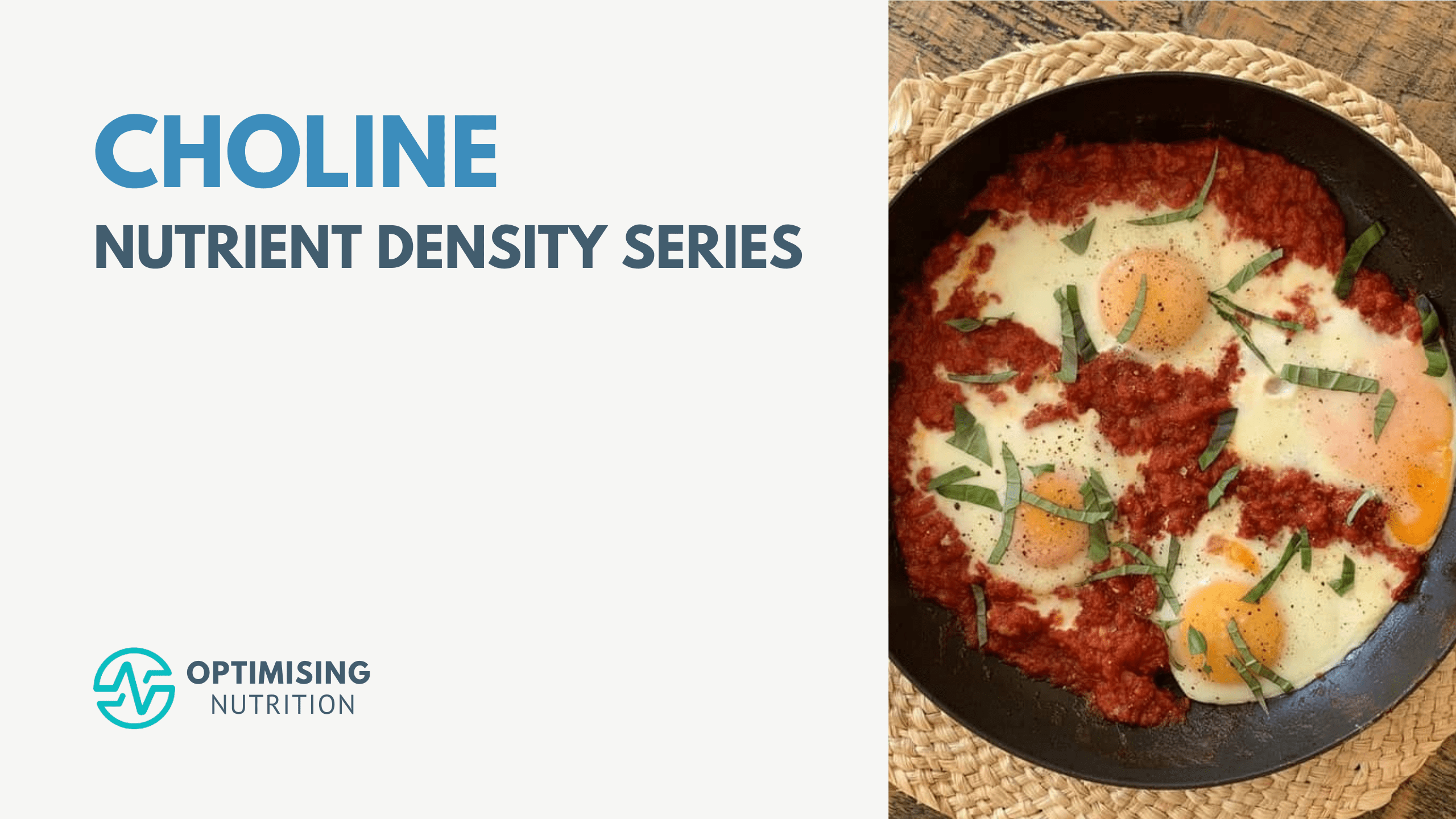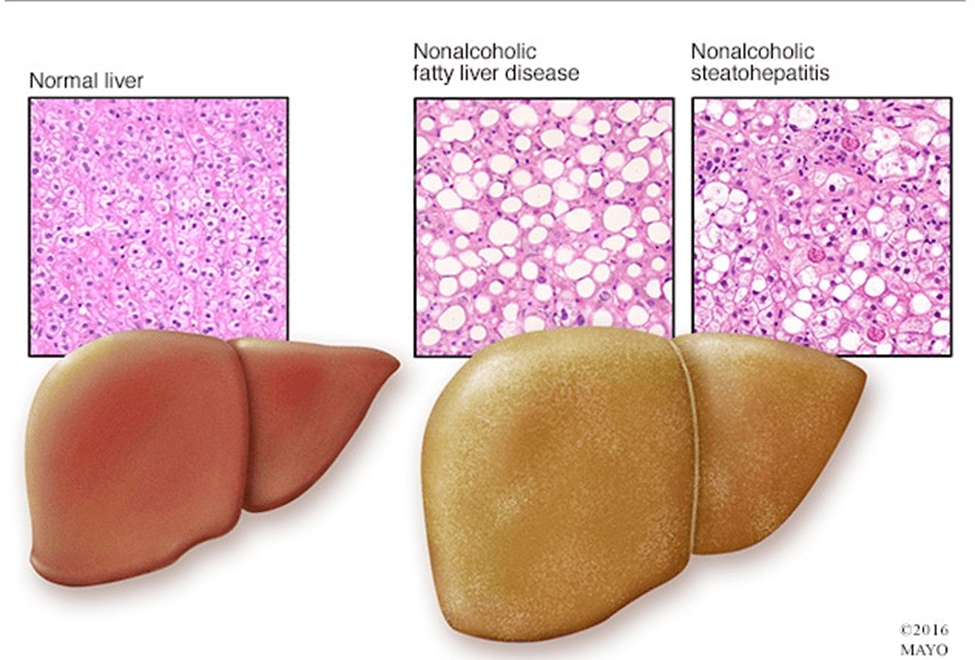Embark on a nourishing journey with this comprehensive guide on choline rich foods. Uncover the pivotal roles of choline in maintaining vital bodily functions and explore a diverse range of food sources to meet your nutritional needs. From animal-based foods to seafood and vegetables, discover a plethora of foods with choline to enrich your diet and pave the way towards optimum health.
- What Does Choline Do in the Body?
- Highest Food Sources of Choline
- Highest Choline Recipes
- Factors that Increase Your Demand for Choline
- Symptoms of Choline Deficiency
- Minimum Choline Intake
- When You May Need to Follow a Low Choline Diet
- How Can I Calculate if I am Getting Enough Choline?
- Nutrient Density Starter Pack
What Does Choline Do in the Body?
- Choline is involved in the production of compounds that act as cell messengers.
- Choline is an excellent source of methyl groups that are necessary for methylation. We need methylation to detoxify, make neurotransmitters, regulate cholesterol, and regulate metabolism.
- Through methylation, choline helps to normalise homocysteine levels, which is a crucial marker for cardiovascular health.
- Adequate choline intake is needed to prevent the buildup of fat and cholesterol in your liver.
- Through its metabolite, betaine, choline helps to regulate fluid balance and cell volume.
- The body uses choline to modulate and regulate gene expression.
- Choline is often grouped with the B vitamins as they frequently work with one another. Along with B12 and folate, choline helps with a vital process preceding DNA synthesis.
- The body requires enough choline to make other critical choline-containing molecules, like betaine, phosphatidylcholine, and acetylcholine.
- Acetylcholine is an important neurotransmitter. It’s involved in memory, brain development, muscle control, mood, regulating heartbeat, and other essential functions.
- While we can synthesise small amounts of it in the liver, this is not enough to meet human demands. Choline was only recognised as an essential nutrient in 1998 because it is hard to make it endogenously.
- While high intakes of fat, fructose, and alcohol can all contribute to fatty liver disease, the primary culprit might be a reduction of choline-rich foods and inherent choline deficiency.
- Because diet dogma often instructs us to reduce cholesterol-rich foods like egg yolks and organ meat, choline may have become one of the most challenging nutrients to obtain in adequate quantities in our modern food system.
Highest Food Sources of Choline
Choline-rich foods are typically animal foods because the body can easily absorb and utilise choline found in animal cell membranes.
While your body can use B12 and folate to create choline, it’s much more efficient to get it from food.
The richest natural choline foods tend to be egg yolks and liver, though other popular foods with choline include:
Animal
- whole egg
- milk
- cottage cheese
- beef top round
- chicken breast
- milk
- brie
- Parmesan cheese
- egg white
Seafood
- cod
- shrimp
- salmon
- tuna
Vegetables
- cauliflower
- asparagus
- cabbage
- lettuce
- broccoli
- zucchini
- sauerkraut
- red potatoes
- kidney beans
- quinoa
- mushrooms
- peanuts
To see a more detailed high-choline foods list, visit Nutrient Optimiser.
Highest Choline Recipes
Some examples of our high choline NutriBooster recipes include:
- egg yolk fatty coffee
- mashed cauliflower
- egg salad on greens
- tomato poached eggs (pictured below)
- asparagus frittata
Factors that Increase Your Demand for Choline
While choline is an essential nutrient, no matter the circumstances, certain conditions can increase your demand for it.
If someone is deficient in folate, this can quickly result in a choline deficiency. Thus, someone with a known folate deficiency or a condition like megaloblastic anemia related to folate should be attentive to their choline intake.
Because vitamin B12 is required to recycle folate, a deficiency in B12 would likely result in an increased demand for choline, too.
Women who are postmenopausal require more choline as the decreased presence of estrogen increases its demand.
You may also require more choline if you:
- drink high levels of alcohol or coffee,
- are pregnant,
- are breastfeeding,
- are on a vegan or vegetarian diet,
- experience liver issues,
- suffer from neurodegeneration,
- deal with methylation defects like MTHFR,
- consume a low protein diet, or
- struggle with poor memory.
Symptoms of Choline Deficiency
Choline deficiency often becomes visible if any of the processes it’s involved in are defective.
The most common symptoms of choline deficiency are:
- nonalcoholic fatty liver disease (NAFLD),
- insulin resistance,
- hypertension,
- obesity,
- imbalances in cholesterol,
- poor methylation,
- anxiety,
- restlessness,
- neurological conditions like Alzheimer’s,
- neural tube defects,
- high homocysteine and resultant cardiovascular disease,
- muscle damage,
- weakness,
- fatigue, and
- hemorrhagic kidney necrosis.
At this time, no clinical tests have been developed to identify if you are deficient in choline. However, because of their relationship, deficiencies or low folate and B12 levels can indicate choline deficiency is at play.
Minimum Choline Intake
The Adequate Intake for choline is 550 mg/day for men and 425/day mg for women. Increased intakes for pregnant women (450 mg/day) or breastfeeding (550 mg/day) are further recommended.
There is insufficient quantitative evidence to establish a Recommended Dietary Allowance (RDA) or Daily Recommended Intake (RDI).
While there is no Tolerable Upper Limit (UL) or toxicity level established, people supplementing with very high doses (10,000 to 16,000 mg/day) of choline have experienced the side effects of low blood pressure, a fishy body odour, vomiting, dizziness, fainting, increased salivation and increased sweating.
When You May Need to Follow a Low Choline Diet
In certain circumstances, someone may need to reduce their choline intake if they’re producing too much trimethylamine and suffer from a condition known as trimethylaminuria. When metabolising choline, this foul-smelling, fishy-odour metabolite can result from either a genetic mutation or an imbalance in the gut microbiome. However, getting choline from whole foods is unlikely to be a problem.
The condition can be managed by consuming a lower-choline diet and balancing high and low-choline foods. However, choline is still essential and must be obtained from food.
If someone’s condition has resulted from pathogenic gut bacteria, the condition may only be temporary until the imbalance may mediate once this issue has been managed. Probiotics are thought to help the condition.
How Can I Calculate if I am Getting Enough Choline?
If you’re interested in determining if you’re getting the right amount of choline in your diet, you can check your nutrient profile using our Free 7-Day Nutrient Clarity Challenge.
After a week of tracking your current diet in Cronometer, Nutrient Optimiser will give you a prioritised list of foods and NutriBooster recipes that will help you plug your current nutritional gaps, including selenium.
Nutrient Density Starter Pack
We’re eager to make the process of Nutritional Optimisation as simple as possible. To help you increase your intake of all the essential nutrients, including choline, when you join our free Optimising Nutrition Community, you’ll get a starter pack that includes:
When you join our free Optimising Nutrition Community, you’ll get a starter pack that includes:
- Food Lists – optimised for each essential nutrient, goals, preferences and conditions.
- The Healthiest Meal Plan in the World – see what a week of nutrient-dense eating looks like.
- Recipes – check out samples of each of our NutriBosoter recipe books.
- 7-Day Nutrient Clarity Challenge – identify your priority nutrients and the foods and meals that contain them.
Nutrient Density Index
Minerals
- Calcium
- Iron
- Magnesium
- Phosphorus
- Potassium
- Sodium
- Zinc
- Selenium
- Copper
- Manganese
- Chromium
- Molybdenum
- Biotin (B7)
- Iodine
Vitamins
- Vitamin A
- Vitamin E
- Thiamine (B1)
- Riboflavin (B2)
- Niacin (B3)
- Pantothenic acid (B5)
- Vitamin B6
- Folate (B9)
- Vitamin B12
- Vitamin C
- Vitamin D
- Choline
- Vitamin K1
- Vitamin K2




